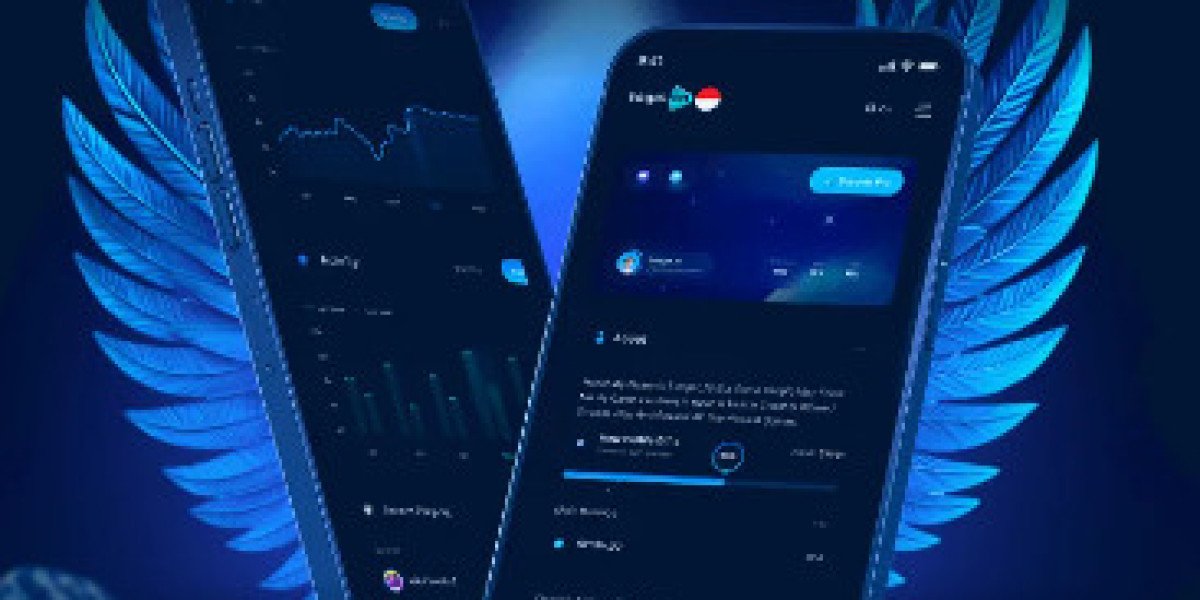At first glance, a white screen might seem like nothing more than a blank, glowing page. But did you know that it can serve multiple practical purposes beyond just being an empty space? Whether you’re testing your monitor, enhancing your workspace lighting, or using it as a digital tool, a white screen can be incredibly useful. From professional designers needing precise color accuracy to everyday users troubleshooting display issues, the applications of a white screen are more diverse than you might think.

Why Use a White Screen?
Monitor Testing & Troubleshooting
A white screen test is one of the simplest ways to evaluate the health of your display. Since white is the most revealing background, it exposes various issues that might not be noticeable during regular use.
- Dead Pixels – These appear as tiny black or stuck-colored dots that won’t change, even when the rest of the screen does. While one or two dead pixels might not seem like a big issue, they can be distracting, especially on high-resolution displays.
- Backlight Bleeding – This occurs when light leaks unevenly around the edges of your screen, creating distracting bright spots. It’s a common issue with LCD panels and can be more noticeable in dark rooms.
- Color Uniformity Issues – Some screens display a slightly yellow, blue, or pink tint in certain areas, which can indicate calibration problems or panel inconsistencies. This is particularly important for photographers and graphic designers who need accurate colors for their work.
By running a white screen test, you can quickly determine if your monitor is in good shape or if it has defects that may need attention. If you’re purchasing a new monitor or selling a used one, this test is a must to ensure the display meets expectations.
Photography & Lighting Aid
A white screen can serve as a convenient light source in various situations. Whether you’re on a video call, taking photos, or recording videos, a bright white screen can act as a soft, diffused light that reduces harsh shadows.
For example, if you’re in a dimly lit room and need better lighting for a Zoom meeting, simply opening a white screen at full brightness can brighten up your face naturally. Photographers often use white surfaces as reflectors to balance lighting in their shots, and a white screen can act as a makeshift digital reflector when a physical one isn’t available.
Additionally, for anyone working late at night, a white screen can be a useful reading light that provides soft illumination without straining the eyes. Unlike traditional lamps, a screen’s brightness can be easily adjusted to match your comfort level, making it a versatile lighting solution.
Screen Calibration & Color Accuracy
For professionals who rely on precise color representation, a white screen is an essential calibration tool. Designers, photographers, and video editors need to ensure that their displays show true-to-life colors, and one way to check for inaccuracies is by using a solid white background.
By displaying a pure white screen, users can identify if their monitor has unwanted tints, uneven brightness, or other inconsistencies that might affect their work. This is especially critical when preparing images for print or digital publishing, where color fidelity is key. Some monitors come with built-in calibration tools, but a white screen can serve as a quick, no-cost method to verify whether adjustments are needed.
Eye Comfort & Minimalist Focus
A white screen isn’t just useful for technical reasons—it can also help reduce eye strain and improve focus. Many people spend long hours staring at high-contrast screens, which can lead to fatigue, headaches, and discomfort. A white screen at low brightness provides a neutral background that gives your eyes a break from harsh colors and patterns.
For those who need a minimalist workspace, a white screen can also act as a distraction-free background. Writers, programmers, and students might find it helpful to keep a full-screen white window open while working, reducing visual clutter and keeping their focus on the task at hand.
Quick Whiteboard or Notetaking Background
Need a blank space for jotting down ideas, solving equations, or brainstorming creative concepts? A white screen can double as a virtual whiteboard for quick notes and sketches.
For example, if you’re using a touchscreen device or a stylus, a blank white screen can act as a digital notepad where you can write or draw freely. This can be useful for students studying math or science, professionals during brainstorming sessions, or even teachers demonstrating concepts in online classes. With a simple screenshot, you can save your notes instantly without needing additional software.
How to Instantly Access a White Screen
Using a white screen is incredibly simple and requires no downloads or installations.
1️⃣ Go to WhiteScreenTest.net.
2️⃣ Click “Start” to fill your screen with white.
3️⃣ Use it however you need—testing, lighting, or note-taking.
4️⃣ Press “Exit” or refresh the page to return to normal browsing.
For an even better experience, ensure your screen is clean before testing. Dust and smudges can sometimes resemble dead pixels, leading to unnecessary confusion. Using a microfiber cloth to wipe down your display beforehand can help ensure accurate results.
Final Thoughts
A white screen might seem basic, but its applications go far beyond just filling your display with blank space. Whether you’re testing a new monitor, improving your lighting setup, or creating a distraction-free work environment, a white screen can be an incredibly handy tool. By understanding its versatility, you can take advantage of this simple yet effective resource in both professional and everyday scenarios. Try it out today and see how a white screen can improve your workflow, enhance your device’s performance, and even make your workspace more comfortable!






